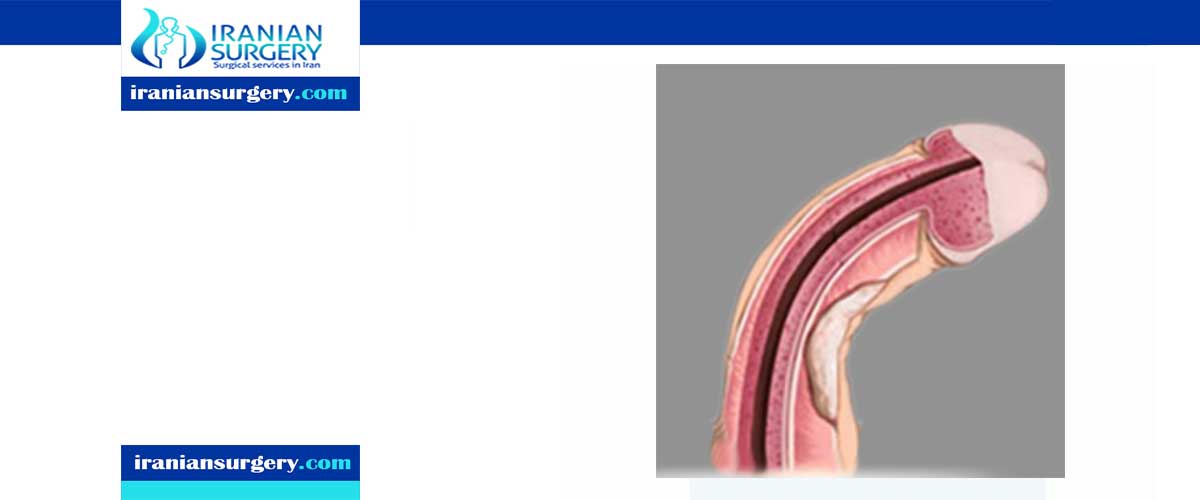Penile Curvature

What is Penile Curvature?
Patients with this condition describe curvature of the penis during erection that has been present for as long as they can remember. It is usually first recognized around puberty or early adulthood. It differs from Peyronie’s disease in that there is no scar tissue within the penis, and the condition usually does not change over time.
Congenital curvature (penis curvature from birth) is exceedingly rare. Less than an estimated 1% of men experience penile curvature without Peyronie's disease.
Our urologists have extensive experience with reconstructive procedures for both congenital erectile curvature and Peyronie’s disease.
Read more about : Chordee
Read more about : Peyronie’s disease Natural Treatment
What causes penile curvature?
Penile curvature, when not Peyronie's disease, is a congenital condition, meaning men are born with it.
How is penile curvature diagnosed?
Your doctor will take a medical and sexual history which is typically enough to establish a diagnosis of congenital penile curvature. It may also be helpful for your doctor to examine your penis while erect. This can be done after an injection of vasocative drugs to prompt an erection.
Read more about : Penile Torsion
What are the symptoms of penile curvature?
Patients with this condition describe curvature of the penis during erection that has been present for as long as they can remember. It is usually first recognized around puberty or early adulthood. It differs from Peyronie’s disease in that there is no scar tissue within the penis, and the condition usually does not change over time.
Further, many men who are concerned about the shape or size of their penis struggle to ask their doctors about their overall penis health.
How is penile curvature treated?
In mild forms it does not require any treatment. However, when the degree of curvature interferes significantly with the ability to have sexual intercourse, surgical correction is used to restore normal function and form to the penis.
Our urologists have extensive experience with reconstructive procedures congenital erectile curvature. Correction of congenital erectile curvature is accomplished by surgically exposing the penis, in order to shorten the side of the penis opposite the curvature to match the other side. This results in a straightened erection. This procedure has a high rate of success and can be performed in an outpatient setting.
Read more about : Penile implant
Source:
. https://my.clevelandclinic.org/health/diseases/17345-penile-curvature
https://www.mayoclinic.org/diseases-conditions/peyronies-disease/symptoms-causes/syc-20353468
https://www.niddk.nih.gov/health-information/urologic-diseases/penile-curvature-peyronies-disease

